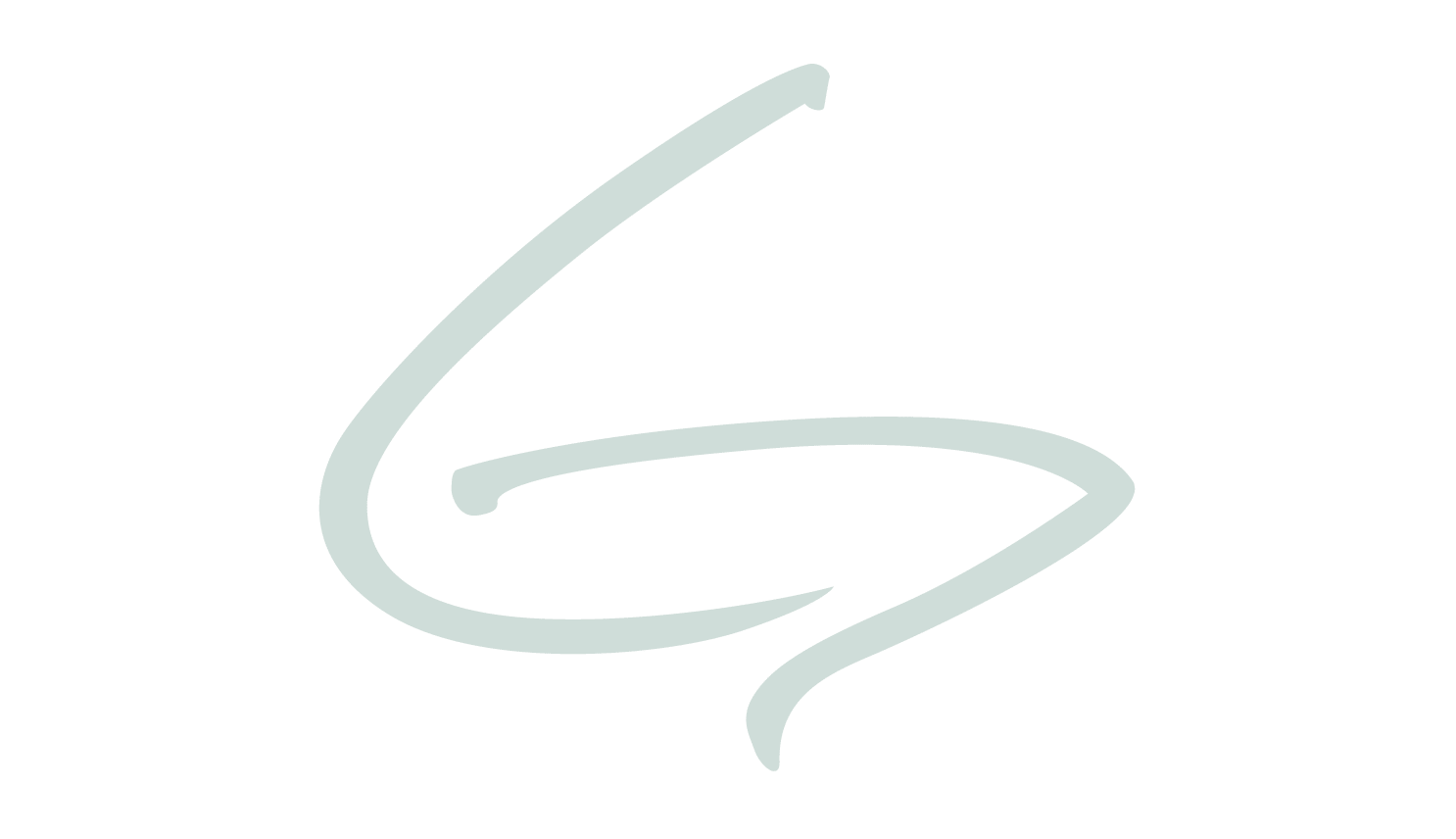This program engages students in a hands-on exploration of Greenacres Farm. We will focus on building age specific skills and apply them to learning about farming practices and the places where we farm. This is an ideal program for a first time visit to Greenacres or for students to become more familiar with farming.
Ohio Science Standards:
- K.LS.1: Living things have specific characteristics and traits.
- 1.ESS.1: The sun is the principal source of energy.
- 2.LS.1: Living things cause changes on Earth.
- 3.LS.3: Plants and animals have life cycles that are part of their adaptations for survival in their natural environments.
- 5.LS.1 Organisms perform a variety of roles in an ecosystem.
- 7.LS.2 In any particular biome, the number, growth and survival of organisms and populations depend on biotic and abiotic factors. Elements can be organized by properties
Indiana and NGSS Standards:
- K-ESS3-1.Use a model to represent the relationship between the needs of different plants and animals (including humans) and the places they live.
- K-2-ETS1-1. Ask questions, make observations, and gather information about a situation people want to change to define a simple problem that can be solved through the development of a new or improved object or tool.
- 1-LS1-1. Use materials to design a solution to a human problem by mimicking how plants and/or animals use their external parts to help them survive, grow, and meet their needs.
- 2-LS4-1. Make observations of plants and animals to compare the diversity of life in different habitats.
- 3-LS3-2. Use evidence to support the explanation that traits can be influenced by the environment
- 4-LS1-1 From Molecules to Organisms: Structures and Processes
- Construct an argument that plants and animals have internal and external structures that function to support survival, growth, behavior, and reproduction.
- 5-LS2-1. Develop a model to describe the movement of matter among plants, animals, decomposers, and the environment.
- MS-LS1-4 From Molecules to Organisms: Structures and Processes. Use argument based on empirical evidence and scientific reasoning to support an explanation for how characteristic animal behaviors and specialized plant structures affect the probability of successful reproduction of animals and plants respectively.
- MS-LS2-1 Ecosystems: Interactions, Energy, and Dynamics. Analyze and interpret data to provide evidence for the effects of resource availability on organisms and populations of organisms in an ecosystem.
Ohio Social Studies Standards (K-8):
- History – Heritage: Ideas and events from the past have shaped the world as it is today. The actions of individuals and groups have made a difference in the lives of others.
- Geography – Places and Regions: A place is a location having distinctive characteristics, which give it meaning and character and distinguish it from other locations. A region is an area with one or more common characteristics, which give it a measure of homogeneity and make it different from surrounding areas. Regions and places are human constructs.
- Economics – Economic Decision Making and Skills: Effective economic decision making requires students to be able to reason logically about key economic issues that affect their lives as consumers, producers, savers, investors and citizens. Economic decision-making and skills engage students in the practice of analyzing costs and benefits, collecting and organizing economic evidence and proposing alternatives to economic problems.
- Economics- Scarcity: There are not enough resources to produce all the goods and services that people desire.
- Economics – Production and Consumption: Production is the act of combining natural resources, human resources, capital goods and entrepreneurship to make goods and services. Consumption is the use of goods and services.
Vocabulary:
farming, livestock, observation, senses, tools, living, nonliving, adaptations, soil, water, air, energy, produce, habitats, and ecosystems
